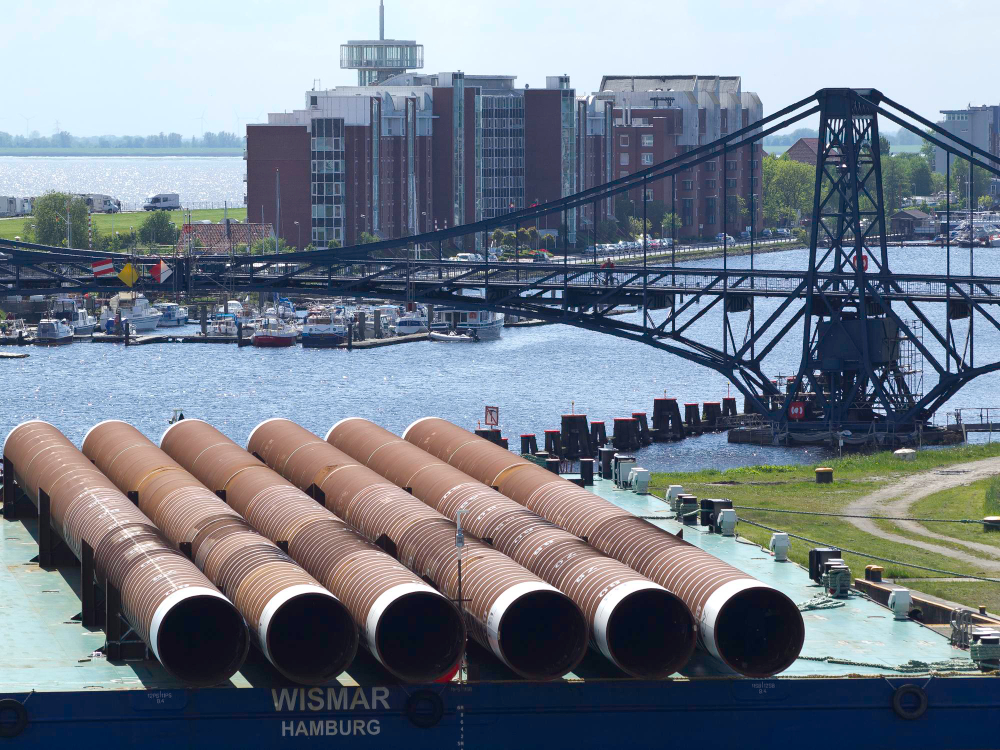Dredging stands as a crucial operation, pivotal in shaping and maintaining our aquatic environments, harbors, and coastal regions. It’s a multifaceted process designed to excavate and remove sediment from the bottom of water bodies. This operation not only ensures the smooth functioning of navigation channels. It also plays a significant role in land reclamation, environmental protection, and resource extraction. These tasks are carried out precisely and efficiently with the essential use of dredging pipes comprising steel.
Waterway Clearing: Navigation Dredging
Navigation dredging is a key activity that ensures waterways remain navigable for vessels of all sizes. Using dredging pipes removes sediment and other materials from the bottoms of ports, harbors, and canals. This process, often called waterway clearing, facilitates creating and maintaining essential maritime routes. Whether it’s capital dredging for new projects or maintenance dredging to keep existing channels open, the role of dredging pipes in this domain cannot be overstated. It ensures safe and efficient maritime traffic.

Building And Land Expansion: Constructing New Lands
The construction and reclamation aspect of dredging goes beyond mere excavation. Here, dredging pipes are instrumental in transporting materials like sand, gravel, and clay, which are used to construct new land areas. These materials serve as a foundation for building artificial islands for industrial and residential zones and airports, highways, and even wildlife habitats. Through the strategic use of steel dredging pipes, vast expanses of water are transformed into valuable land ready for industrial, residential, or recreational development.
Shoreline Enrichment: Boosting Beaches
Beach nourishment is a critical application of dredging that combats coastal erosion. Utilizing dredging pipes, sand and other materials are pumped onto eroding beaches to restore their original condition. This enhances the aesthetic and recreational value of beaches and reinforces coastal defenses against storms and flooding. The strategic placement of dredging pipes allows for the precise delivery of nourishment materials, bolstering the resilience and beauty of our shorelines.
Preventing Flooding: Why Dredging Pipes Are Crucial
Flood control is a vital function of dredging. It aims at managing and mitigating the risks associated with high water levels in rivers, lakes, and channels. Through the use of dredging pipes, watercourses are maintained and sometimes realigned to improve flow and capacity. This reduces the potential for flooding. This includes the construction of levees, dams, and other control structures to safeguard communities and agricultural areas from the devastating effects of uncontrolled water.
Sea Power: Harnessing Offshore Resources
Offshore energy involves preparing the seabed for underwater structures supporting oil and gas platforms and windmill monopiles. It also includes the installation of cables, pipelines, and tunnels, followed by rock backfilling for stability. High-quality steel dredging pipes play a crucial role in preparing the seabed. This preparation is essential for the sustainable and efficient exploitation of oil, gas, and renewable energy sources, underlining the importance of dredging in the energy sector.
Eco-Fix: Healing Environmental Sites
Environmental remediation through dredging addresses the removal of pollutants from water bodies to improve water quality and ecosystem health. Dredging pipes are used to extract contaminated sediment, facilitating the clean-up of industrial sites and the restoration of natural habitats. This aspect of dredging demonstrates a commitment to environmental stewardship, using technology to heal and protect our planet’s water resources.
Resource Extraction: Digging Operations
Dredging is not only about removing unwanted materials but also about extracting valuable resources. From minerals and gems to precious metals and fertilizers, dredging pipes enable the mining of underwater deposits. This process supports various industries, supplying raw materials necessary for construction, manufacturing, and agriculture, showcasing the versatility and economic importance of dredging.
All-Purpose Solutions
Lastly, the general application of dredging extends to the maintenance of irrigation canals, reservoirs, and other water infrastructures crucial for conserving freshwater supplies. Dredging pipes are essential in these operations, ensuring the efficient management of water resources for agriculture, drinking, and industrial use. The adaptability of dredging techniques to various environmental and industrial needs highlights its all-encompassing role in sustaining modern society.
Elevate Dredging Projects With Bigfoot Pipe Solutions
Ready to elevate your dredging projects with high-quality dredging pipes? Bigfoot Pipe & Piling offers a comprehensive range of steel pipes tailored to your specific needs. Whether for construction, environmental remediation, or waterway management, our durable solutions ensure your project’s success. Visit us now and take the first step towards efficient and effective dredging operations. Let Bigfoot Pipe & Piling be your partner in navigating the challenges of dredging with ease.
